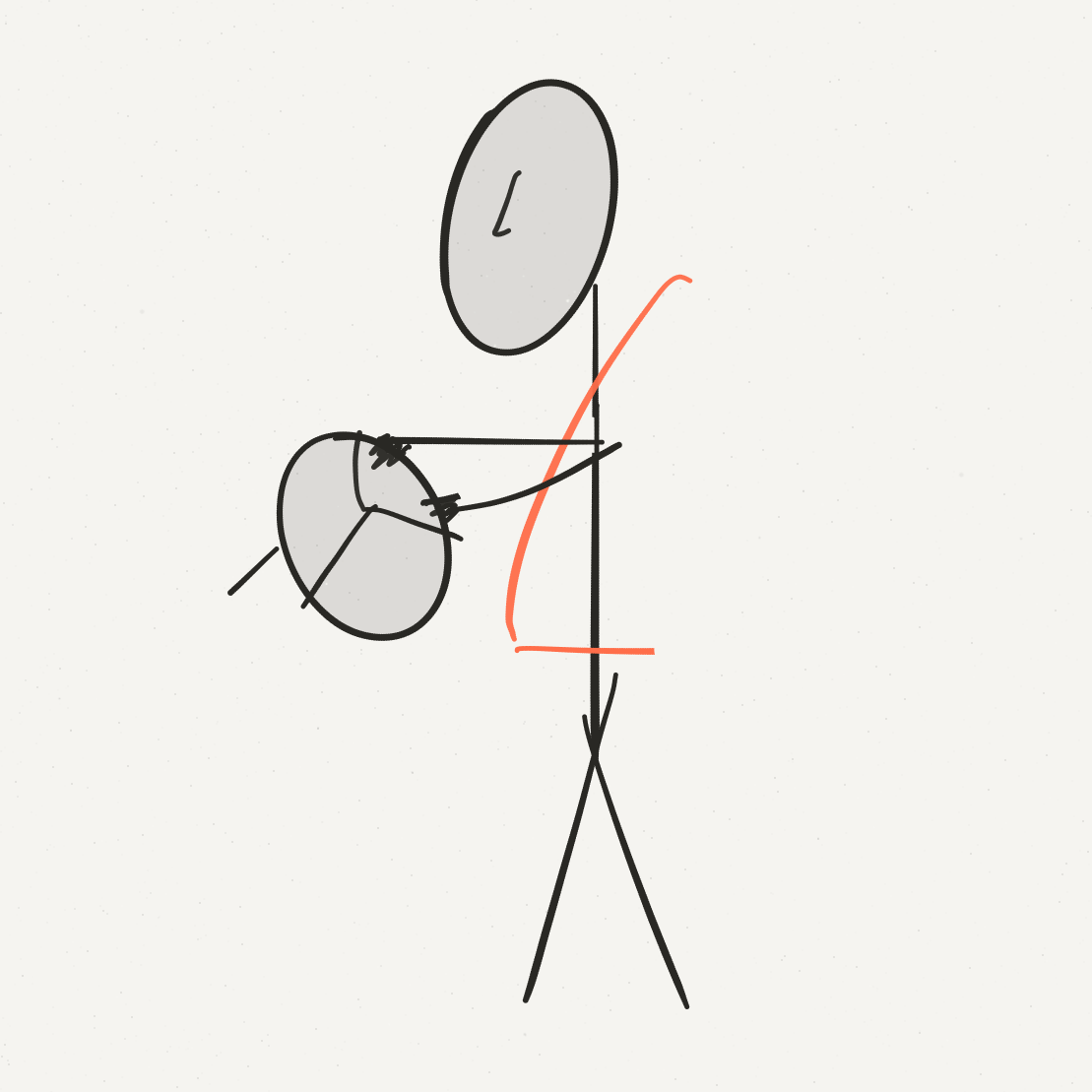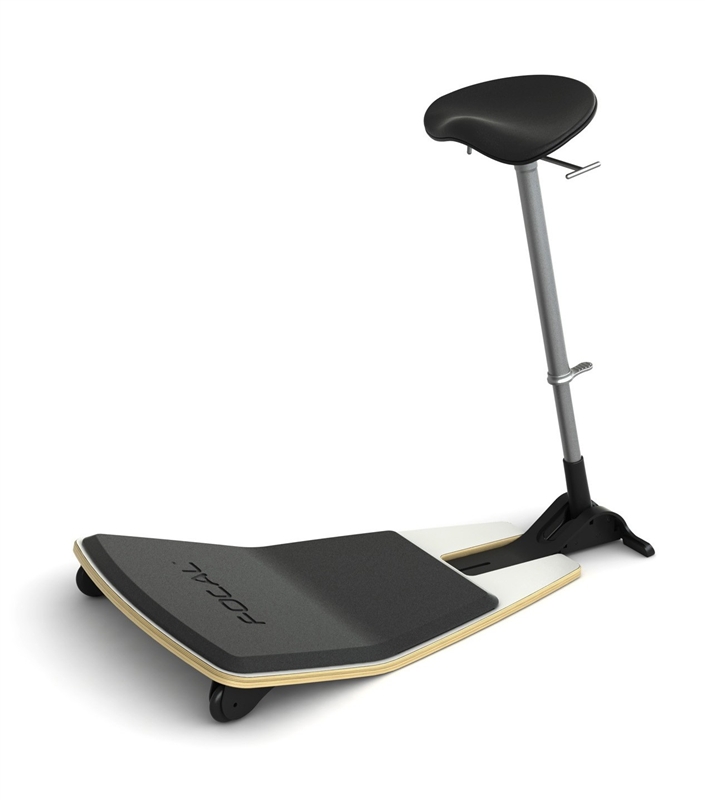In the past couple of weeks I’ve had several people say to me “Is it me or am I hearing the term cancer more and more?” Knowing a clutch of people who have or are dealing with the big C, I’ve had the same thought in my head for the past several months.
What’s going on – is it our lifestyles – what we eat, how much we sleep, how much we drink? Is it environmental – the chemicals in the everything, the air we breathe? Is it that diagnostics are getting better – technology is catching tumors that might have gone undetected in the past? Is it that I’ve reached an age where my friends are just entering the zone of risk and the parents are firmly in the risk zone?
It is probably a combination of everything.
But as I think about what I can control, I would love to be able to consume “safer” products. Of course every product is made of chemicals and not all chemicals are bad, but we know there are some which are or could be carcinogenic. I’d like to avoid those.
The only way for me to do that right now is to read a ton, educate myself on which chemicals are dangerous and then read every single label to ensure it doesn’t contain any chemical on that list.
But there has to be a better way – couldn’t there be a store that did this research and only carried the products that fell within the bounds? Since I’d want these safe products in every category, it would have to be a really broad selection – cooking utensils, clothing, accessories, etc.
Think of Amazon, but with a layer on top of it “carcinogen free (CF)”. This entity would do the research and identify the products in several categories that are safer. It then sets up it’s CF Store. All the items are on Amazon, this is just the CF Store’s selected short list. When a user shops at this store, the transaction is completed on Amazon and the CF Store gets a cut. There are no guarantees with this stuff, so the CF Store would do a to-the-best-of-our-abilities thing. But that’s a heck of a lot better than what I can do right now.
The CF store doesn’t just have to be the CF Store alone. It could also be the CF and Green Store that also picks environmentally friendly products. That would just be another slice of what’s available on Amazon.
Or what if on Amazon itself, there were filters- CF, Green etc., in addition to the Brand, Material and Color filters that already exist. I do a search and check the filters that are important to me. As I check more filters, the number of products reduce, but hey, I’m willing to deal with less choice for being more picky.
Does something like this exist? If it does, let me know and sign me up.


 If someone with 2 followers and 0 tweets is a bio-less person whose name doesn’t ring a bell, I am unlikely to follow them based on the email. But if they are affiliated with a school I attended, a company I worked at, a city I lived in, or if their bio grabs me in any way, I will likely follow them regardless of the statistics.
If someone with 2 followers and 0 tweets is a bio-less person whose name doesn’t ring a bell, I am unlikely to follow them based on the email. But if they are affiliated with a school I attended, a company I worked at, a city I lived in, or if their bio grabs me in any way, I will likely follow them regardless of the statistics.
 The thing is, that every single time I’ve been presented with this choice, I have always chosen the Add to Google Reader option. So over the course of my usage, I’ve gone through this process about three hundred times, every time choosing the same option. But Google will not learn from my history and do this automatically nor will they offer me a little check box that says “Always choose this option”.
The thing is, that every single time I’ve been presented with this choice, I have always chosen the Add to Google Reader option. So over the course of my usage, I’ve gone through this process about three hundred times, every time choosing the same option. But Google will not learn from my history and do this automatically nor will they offer me a little check box that says “Always choose this option”.

